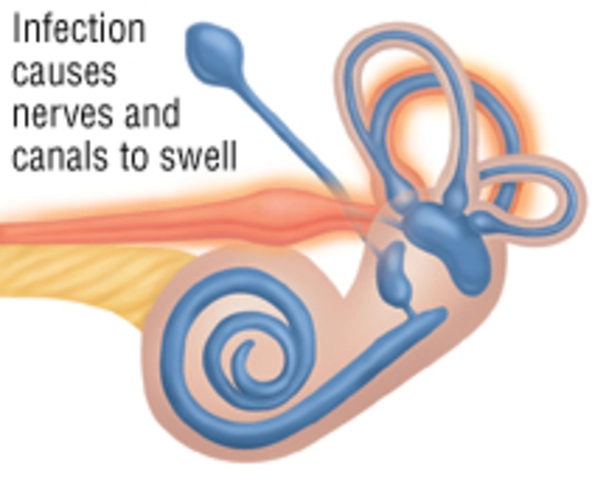Radiation Therapy: What to Expect and How to Prepare
Radiation therapy (radiotherapy) is a common tool doctors use to treat cancer and some benign conditions. If you or a loved one is facing it, the unknown can feel stressful. This page gives clear, practical info: how the treatment works, the main types, what happens at appointments, and easy steps to feel better during and after therapy.
Types of radiation and how they differ
External beam radiation is the most common. A machine aims high-energy rays at the tumor from outside your body. Sessions usually take 10–30 minutes and often run five days a week for several weeks. You might hear terms like IMRT or SBRT—these are precise ways the beam is shaped or delivered to hit the tumor and spare healthy tissue.
Brachytherapy places radioactive material inside or next to the tumor. That material can be temporary or permanent. It’s used in prostate, cervical, and some breast cancers. When it’s temporary, you might come in for a short procedure and go home the same day. Some brachytherapy types require brief safety rules after the procedure because of the temporary radioactivity.
Systemic radiation uses radioactive drugs taken by mouth or injection. These travel through the body and target certain cancers, like thyroid cancer or some bone metastases. Your team will explain any brief isolation precautions and follow-up testing.
What to expect during planning and treatment
Before treatment you’ll have a planning CT or MRI session to map the target. You may get temporary marks or small tattoos on your skin so therapists can position you the same way every time. For head and neck cases you might wear a custom mask. Expect detailed checks and questions about other health issues or medications.
Treatment days are often quicker than you think. Preparation and setup take most of the appointment time; the actual beam may be on for only a few minutes. Bring loose clothing, arrive on time, and ask staff if you’re anxious—therapists are used to helping people relax.
Radiation is usually combined with surgery or chemotherapy in some plans. Your care team will coordinate timing so treatments work together safely.
Side effects and simple recovery tips
Side effects depend on the area treated. Common short-term effects include tiredness, skin changes where the beam hits, local hair loss, mouth or throat soreness for head and neck radiation, and bowel or bladder changes for pelvic radiation. Late effects can appear months to years later and your team will discuss these if relevant.
Practical tips: keep the treated skin clean and moisturized with recommended products, stay hydrated, eat small frequent meals if appetite drops, use gentle oral care for mouth soreness, and balance rest with light activity to reduce fatigue. Tell your team about any new symptoms—early attention prevents complications.
Ask your doctor about fertility, contraception, and work or travel during treatment. Emotional support matters too—support groups, counselors, or a nurse navigator can make a big difference.
Radiation therapy is routine for many patients and can be very effective. If you want, bring a list of questions to your appointment and ask for written instructions so you can review them at home.




